Simple Life of 1964 in "Pakistan"!
🙏Please Show your Support by Following my Channel‼️
In 1964, life in Pakistan was generally simple and centered around traditional values and practices. Here are some key aspects of the simple life during that time:
1. Rural Lifestyle: The majority of the population lived in rural areas and relied on agriculture for their livelihood. Villages were close-knit communities, where people engaged in farming, livestock rearing, and other agricultural activities. Daily routines revolved around tending to crops and animals.
2. Traditional Dress: Traditional clothing, such as shalwar kameez for both men and women, was commonly worn. People preferred modest attire, with women often covering their heads with dupattas (scarves). Western-style clothing was limited mostly to urban areas and more affluent sections of society.
3. Simple Housing: Houses in rural areas were typically made of mud, brick, or thatch roofs, reflecting the local architecture. These houses often comprised one or two rooms and were modestly furnished. In urban areas, there was a mix of traditional houses and modern concrete structures.
4. Community Bonding: Communities played an essential role in daily life, fostering strong social bonds. People relied on each other for support, often helping with tasks such as harvesting crops or building houses. Festivals and local gatherings provided opportunities for socializing and celebrating together.
5. Limited Modern Amenities: Access to modern amenities was limited, particularly in rural areas. Electricity was scarce, and households often relied on kerosene lamps or candles for lighting. Access to clean water, sanitation, and healthcare facilities was also limited, especially in remote regions.
6. Simple Entertainment: Entertainment options were relatively modest compared to today. Families and friends would gather for storytelling sessions, traditional music performances, or outdoor games. Radio and occasional movie screenings in local theaters were sources of entertainment in urban areas.
7. Minimal Communication: Communication methods were basic. Postal services were used for sending and receiving letters, and telegrams were the quickest means of urgent communication. Long-distance phone calls were expensive and limited to privileged individuals or institutions.
8. Traditional Occupations: People often pursued traditional occupations and crafts. Artisans engaged in pottery, weaving, carpentry, and other trades. Many families were involved in cottage industries, such as handloom weaving or making handicrafts for local markets.
9. Simplicity in Food: Food was primarily homemade, with traditional dishes like daal (lentils), roti (bread), rice, and vegetables being staples. Meat was consumed less frequently due to its cost. Traditional cooking methods, such as using earthenware stoves and grinding spices manually, were common.
10. Strong Cultural Values: Cultural and religious values held significant importance. Families emphasized respect for elders, hospitality, and maintaining close ties with relatives. Religious practices and festivals were observed with devotion, and mosques served as centers for community gatherings and prayers.
It's important to note that this description represents a general overview, and individual experiences and living conditions could vary based on factors such as socio-economic status, regional differences, and personal circumstances.
-
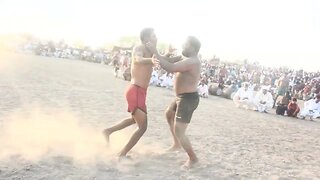 3:42
3:42
503BRW
11 months agokabaddi match Chak no 423 e.b Burewala || new kabaddi match
13 -
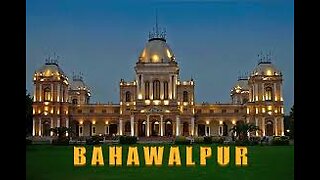 13:35
13:35
Pakistan
4 months agoBahawalpur Pakistan
8 -
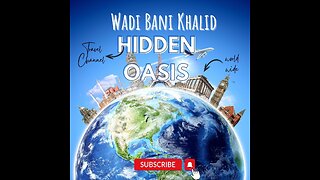 1:05
1:05
Travel Discoveries with Charly
1 year agoExperience the Unique Culture and Stunning Scenery of Wadi Bani Khalid - Oman's Hidden Paradise
1 -
 0:32
0:32
mrfarhan
1 year agoVillage Life in Pakistan
2 -
 2:50
2:50
discoveringwonders
10 months ago"Unveiling Pakistan's Hidden Treasures: 15 Breathtaking Destinations You Must Explore"
302 -
 0:58
0:58
Adan Khan
1 year agoMy Incredible Journey: Reflections on Visiting UAE and Pakistan
4 -
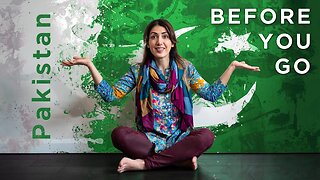 11:34
11:34
Travel with Mansoureh
4 years agoThings You MUST KNOW Before Visiting Pakistan
-
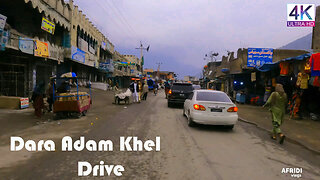 23:54
23:54
AFRIDIvlogsfpv
1 year agoDara Adam Khel 4K Drive 2022 khyber Pakhtunkhwa, Pakistan 🇵🇰 / درہ آدم خیل کا ٹریپ خیبر پختون خواہ
6 -
 0:55
0:55
Waqas2542
1 year agoThe beauty of Pakistan
5 -
 0:31
0:31
Pakistan Street Food
1 year agoPeshawari Siri Paye Sheikh Siri Paye Kohati Gate Peshawa #shorts #pakistani
4